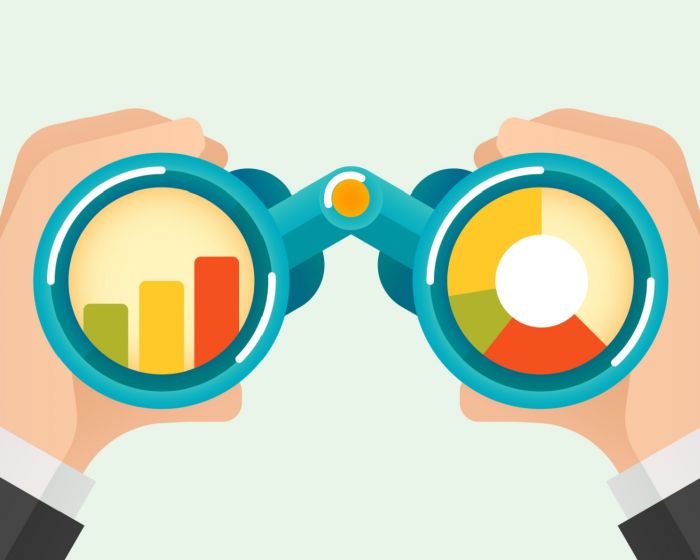
It’s more than likely happened to you: you’ve looked at a product online or visited a particular website, and then later seen adverts for that same product or website elsewhere online. This happens because of tracking pixels, tags and cookies.
What is a pixel?
A pixel, or tag, is a form of code that’s added to a website. The code, written in HTML or JavaScript, allows for data about visitors to be captured. The pixel is a 1x1 transparent image pixel (not visible to visitors) that fires when a particular event occurs on a website or application. Once the event has taken place, the tag generates a record of that event or visit in the form of a “cookie.”
What is a cookie?
A cookie is a piece of information that a website sends to your browser then stores it there for a certain period of time. It acts as an anonymous tag that identifies your computer’s browsing history, storing information about previous web pages visited, services or products you’ve viewed or ads you have clicked on. This information is then used by companies to tailor your messages and experiences, ensuring they are all specific to what you are interested in.

Examples of cookies and tags in action
Let’s say you’ve just visited an online store in search of a new pair of winter boots. As you browse around clicking on different items and even adding one pair to your cart, you ultimately decide against making a purchase, instead choosing to leave the website and continue browsing the web. After a tag fired as you browsed that website, a cookie was placed on your computer, enabling the retailer to use that information to show you the item you abandoned in your shopping cart. This facility gives advertisers the unique ability to tailor their messages to individual visitors, thus helping to increase conversions and drive more sales.
Benefits of pixels, tags and cookies
There are many benefits to using tracking pixels, tags and cookies. First of all, you gain insider knowledge about your website visitors and their online behaviour as they interact with your site – insights which can influence the design of your website and future advertising campaigns. They also enable you to present your website visitors with targeted messages, specific landing pages and even retargeting ads, all of which drives customers to perform a desired action.
Finally, tags can be used and placed in a range of locations, from specific website pages and blog posts to emails and applications, allowing for an extremely flexible way to send tailored messages to your audience.
Need our help?
If you’re interested in using pixels, tags and cookies to track web users and tailor your ads, get in touch. We’ll help you to determine the most effective approach to ensure your website visitors are presented with the most tailored and appropriate content guaranteed to spur a sale.
Related links
How to improve basket abandonment rates
Facebook ads versus Google AdWords: What’s the difference?
The 3 biggest contributors to your online marketing success
4 ways to generate more profit from AdWords e-commerce campaigns
The definitive checklist for every new e-commerce website: Part 1








